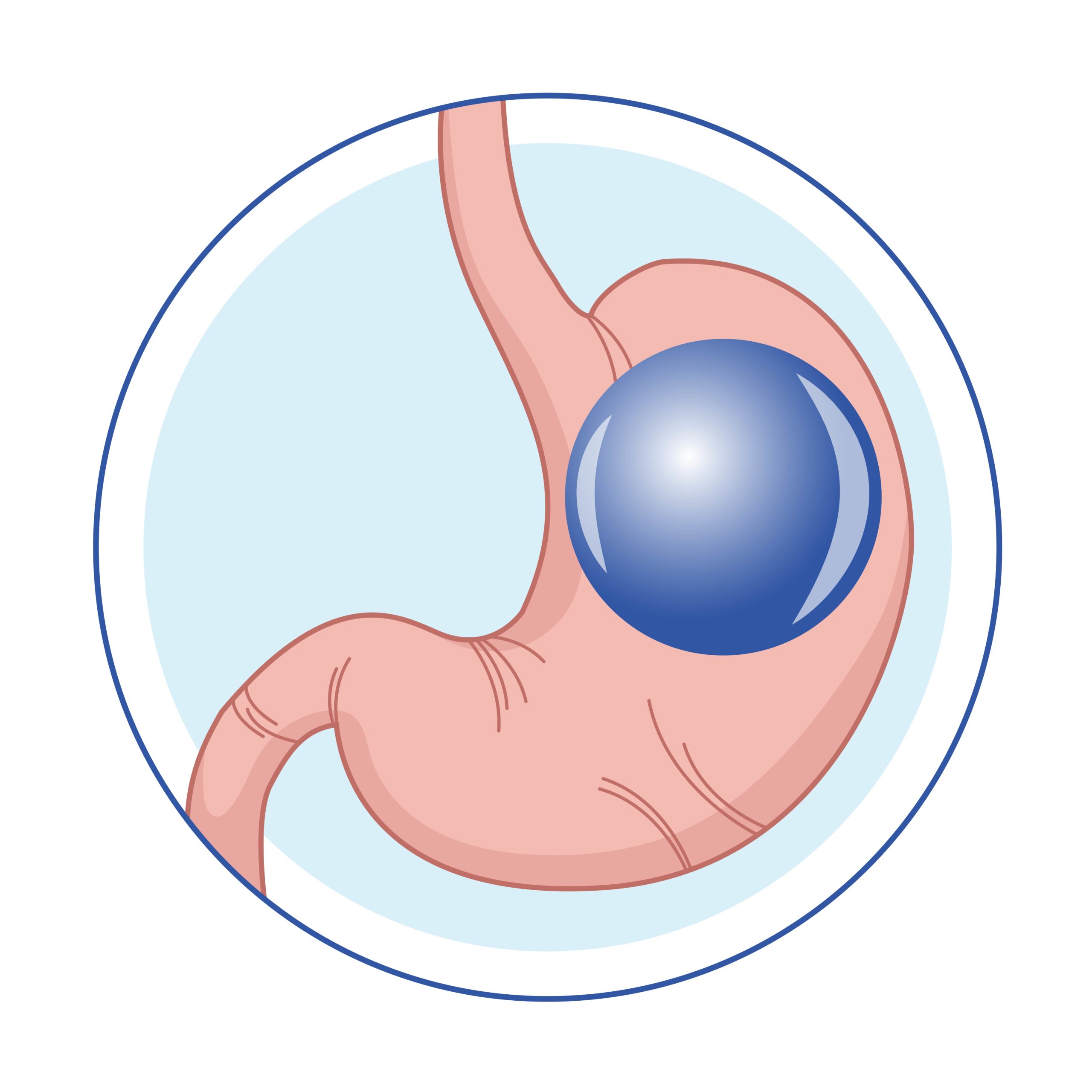For the first week you will be on a liquid diet with instructions to drink plenty of fluids. After the first week, you can begin the transition to a solid diet with recommendations from your dietician (see balloon protocol).
The first few days will be uncomfortable as the stomach gets used to the presence of the balloon.
Predictable side effects most patients experience include nausea, vomiting and cramping over the first week. Your physician can prescribe medications to assist you until your body adjusts. These conditions are normal and should be expected. Your physician will provide strict instructions for your hydration regimen during this period.
It is critical that you drink plenty of water during the first few days and avoid eating any solid foods.
Important Reminders
- Do not engage in any physical activity for the first 24 to 48 hours.
- Drink cold liquids in small amounts, beginning with a teaspoon, and slowly increasing the amount of the liquid as you are able. If liquid is taken in large amounts there is a higher risk of nausea and vomiting.
- Your clinic will be on call the first 24 hours or provide you with an emergency contact to handle any reactions or distress you may encounter.
- During the six months period that the Gastric Balloon System is in place, you should meet with your team regularly to monitor your progress. In addition, you will receive education and training on the nutrition and the lifestyle changes you must make to have long-term success. After the intra-gastric balloon is removed, you will continue to meet with your team for additional support and guidance as needed.
It is critical that you attend all the meetings with your team to ensure the success of the procedure and monitor your progress.
Your success with the Gastric Balloon System will depend on how committed you are to learning from your support team and adopting the principles of good health into your daily life.

